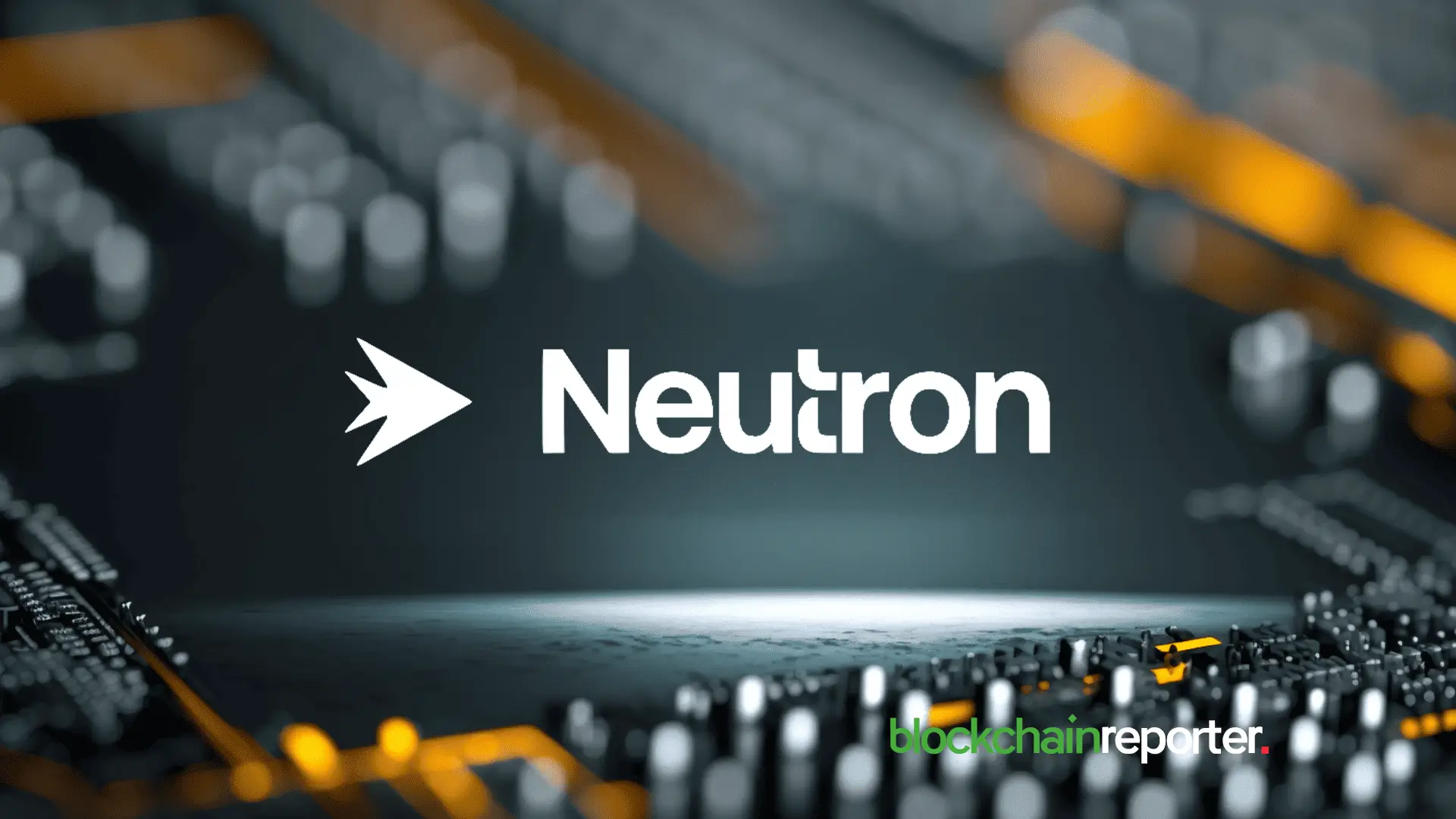Stablecoins Go Mainstream as Onchain Dollars Redefine Global Payments
Once primarily used to facilitate crypto trading, stablecoins now power trillions in cross-border payments, offering a faster, cheaper, and more transparent alternative to traditional money networks.
From Niche Utility to Global Infrastructure
Stablecoins have evolved into the backbone of the onchain economy. The report reveals that the total transaction volume for stablecoins in the past year reached a staggering $46 trillion, representing a 106% increase from the previous year. When adjusted for organic activity – filtering out automated or bot-driven transactions – that figure still stands at an impressive $9 trillion, a level comparable to half of Visa’s annual throughput.
In practical terms, this means stablecoins are now being used as a settlement layer for both individuals and institutions. For less than one cent, anyone can send a dollar across the world in under a second – a radical improvement over traditional systems like SWIFT or ACH, where transfers can take days and cost significantly more.
This shift is more than technological. It represents a new phase in the digitization of money, where blockchain rails complement – and in some cases compete with – conventional payment processors. PayPal, Shopify, and Stripe have all integrated stablecoin transactions into their payment flows, giving merchants access to faster settlement times and lower costs.
The Numbers Behind the Surge
The total stablecoin supply now exceeds $300 billion, a record high. Two major players, Tether (USDT) and USD Coin (USDC), account for 87% of that supply, continuing to dominate the market.
In September 2025 alone, adjusted stablecoin transaction volume reached $1.25 trillion, showing no correlation with broader crypto trading activity. This disconnect underscores a major point: stablecoins are being used for real-world payments, not just speculative trades.
Ethereum and Tron remain the leading blockchains for stablecoin settlement, handling about 64% of all transaction volume combined. Yet, the report also highlights growing competition among emerging chains offering even faster and cheaper transfers. This diversity of infrastructure has made stablecoins more resilient and scalable than ever before.
Perhaps the most striking data point: more than 1% of all U.S. dollars now exist as tokenized stablecoins. Collectively, stablecoin issuers hold over $150 billion in U.S. Treasuries, making them the 17th-largest holder of U.S. debt – ahead of several sovereign nations.
Strengthening Dollar Dominance
Ironically, as foreign central banks reduce their holdings of U.S. Treasuries, stablecoins are doing the opposite. Almost all – over 99% – of existing stablecoins are denominated in U.S. dollars, reinforcing the greenback’s global dominance.
While global demand for U.S. debt has waned, stablecoins are creating a new source of organic demand for Treasuries. This emerging dynamic could reshape international finance. Instead of relying solely on foreign governments, the U.S. is now indirectly funding its debt through a decentralized web of digital dollar holders worldwide.
This trend also reflects growing trust in tokenized versions of the dollar, even in jurisdictions where the local currency has lost stability. In regions like Latin America, Africa, and parts of Asia, stablecoins have become a vital financial tool for remittances and savings. For millions, they are the first reliable access point to a functioning U.S. dollar economy.
READ MORE:
Crypto Markets Split: Bitcoin Stalls, Gold Pulls Back, and AI Stocks Dominate
Policy and Regulation Catch Up
After years of uncertainty, governments are beginning to recognize stablecoins as legitimate instruments within the financial system. Regulatory frameworks such as the GENIUS Act in the U.S. have established clearer rules for issuers and custodians, reducing systemic risks and building institutional confidence.
This clarity has encouraged major players to formalize their operations. Circle’s public listing and the entrance of traditional financial institutions into the stablecoin market mark the start of a new regulatory era – one that blends blockchain transparency with the oversight of conventional finance.
Even central banks, once wary of privately issued digital currencies, are studying stablecoin models to inform their own digital currency experiments. While central bank digital currencies (CBDCs) progress slowly, the private sector’s stablecoin networks are already functioning at scale.
The Road Ahead
Industry analysts project that the total value of stablecoins could grow tenfold by 2030, surpassing $3 trillion in circulation. This growth won’t just be about speculation or trading; it will be driven by real-world adoption – from international settlements and business-to-business transfers to consumer payments and savings tools.
Stablecoins have achieved what many digital asset projects promised but few delivered: mass adoption. They bridge the gap between traditional finance and decentralized networks, offering the efficiency of blockchain without the volatility of crypto markets.
As 2025 draws to a close, stablecoins stand out as the clearest example of blockchain technology delivering tangible, everyday utility. For billions around the world, they represent the first time money has truly become borderless.
The information provided in this article is for educational purposes only and does not constitute financial, investment, or trading advice. Coindoo.com does not endorse or recommend any specific investment strategy or cryptocurrency. Always conduct your own research and consult with a licensed financial advisor before making any investment decisions.
The post Stablecoins Go Mainstream as Onchain Dollars Redefine Global Payments appeared first on Coindoo.
You May Also Like

IP Hits $11.75, HYPE Climbs to $55, BlockDAG Surpasses Both with $407M Presale Surge!

Hadron Labs Launches Bitcoin Summer on Neutron, Offering 5–10% BTC Yield

